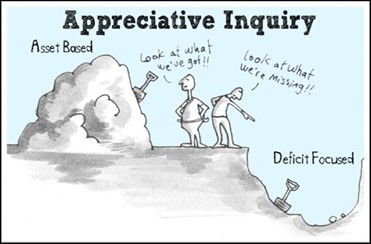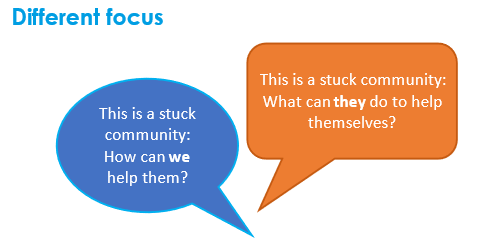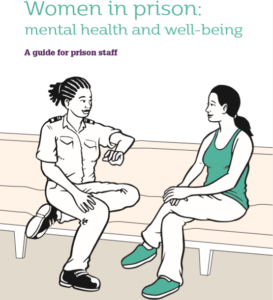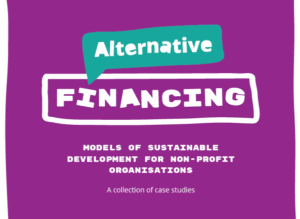Start with what we have, build with what we know.
What is ABCD?
Asset-Based Community Development (ABCD) is a strategy for sustainable community-driven development. The central notion in the ABCD approach is that community-based organisations and community members take control of their own development, identifying and using their own strengths, resources and potentials (their assets). As such, it constitutes a paradigm shift from the traditional needs-based approach (what is lacking) – which predominantly looks at external support – to a more asset-based approach (what we have) which focuses on developing a common vision and using one’s own strengths and resources to succeed. In short, the approach builds on what is strong, not on what is wrong.

Needs and Assets
The ABCD approach does not ignore the fact that communities often face many problems and challenges; it certainly acknowledges these problems but does not take them as its starting point. Traditionally, many development efforts have used needs-based approaches. These approaches usually start by focusing on problems and deficiencies in the community. This has led to a number of unintended consequences:
- Leaders only talk about community problems and needs and become preoccupied with getting external help and resources. If funding is to be renewed, problems must always look worse than last year and worse than other communities.
- There is a growing dependence on external rather than internal resources and relationships.
- Community members come to believe that they can’t improve their lives without outside assistance.
- The existing efforts, assets, and resources of the community are undervalued and overlooked.
ABCD in practice
Throughout the process of ABCD integration, local activists are supported in their engagement with community groups, using an ABCD manual whereby participants follow the so-called “ABCD Roadmap”. It consists of nine consecutive steps that guide small informal groups to formulate a common goal and to reach that goal by using mostly their own assets.
ABCD processes, therefore, always start with a so-called “asset-mapping” exercise. As community members start gaining self-confidence and becoming more equal dialogue partners, they also become more proactive and eager to cooperate to achieve common goals. Hence, this method puts power and decision-making on a bigger scale into an individual’s own hands. It is a truly empowering process, which can, once embraced, be applied in virtually any situation of life.

Scope of an ABCD process
The term Asset-Based Community Development may give the impression that the approach always applies to the whole community. In practice, however, the approach will often only involve a part of the community, or sometimes even a very small subset of the community. A lot of this depends on the challenge at hand and the common ground for action in the community. Often a specific theme is only an issue to a limited number of people in the community. In an ABCD approach, the people who participate in the process need to have an intrinsic motivation to act; that is, the issue must concern them personally.
In some cases there may be a challenge that concerns the whole community, but the community may not be ready to engage in such a comprehensive process. Perhaps in that case it would be wiser to start with objectives that are easier to achieve and that involve less people.
In practice you will often see that an ABCD process starts small, with the participation of a limited number of people who aim to achieve a particular objective (usually not too complicated: the low hanging fruit). After some initial successes, the process then gains momentum after which more ambitious goals are formulated and more people get involved. Eventually, community-wide projects may be embarked on.
Considering that ABCD is usually an ‘open process’ whereby goals and objectives are often adjusted and reframed as people go through the process and learn more about their community and about themselves, it is very difficult to provide a time frame for this approach. Besides, once the ABCD approach has gained momentum the community will usually identify new goals and objectives that it wishes to reach. An ABCD process, in this sense, could last indefinitely.
The inside capacity must be there before the outside resource can be effectively leveraged. ABCD is a process from the inside out.
Role of NGOs
Instead of playing the role as ‘gapper’ for the community, NGOs should rather capacitate and empower communities to become ‘gappers’ themselves. In an ABCD process, the role of an NGO changes from being the traditional ‘expert’ (the required link to funding) to being a facilitator in a development process that starts from within.
NGOs can also play an important role in the area of consciousness building at all levels in the system to shift the paradigm and hierarchy that currently exists.
Since 2024, AFEW International has been using the ABCD approach in its projects in Eastern Europe and Central Asia countries. It has already been successfully applied in some of the countries in the region, where it proved effective in helping communities take ownership of their development and make the most of their local resources.
Learn more about our projects:
Rights and Resilience: Empowering Georgia’s Community for Inclusive Change



